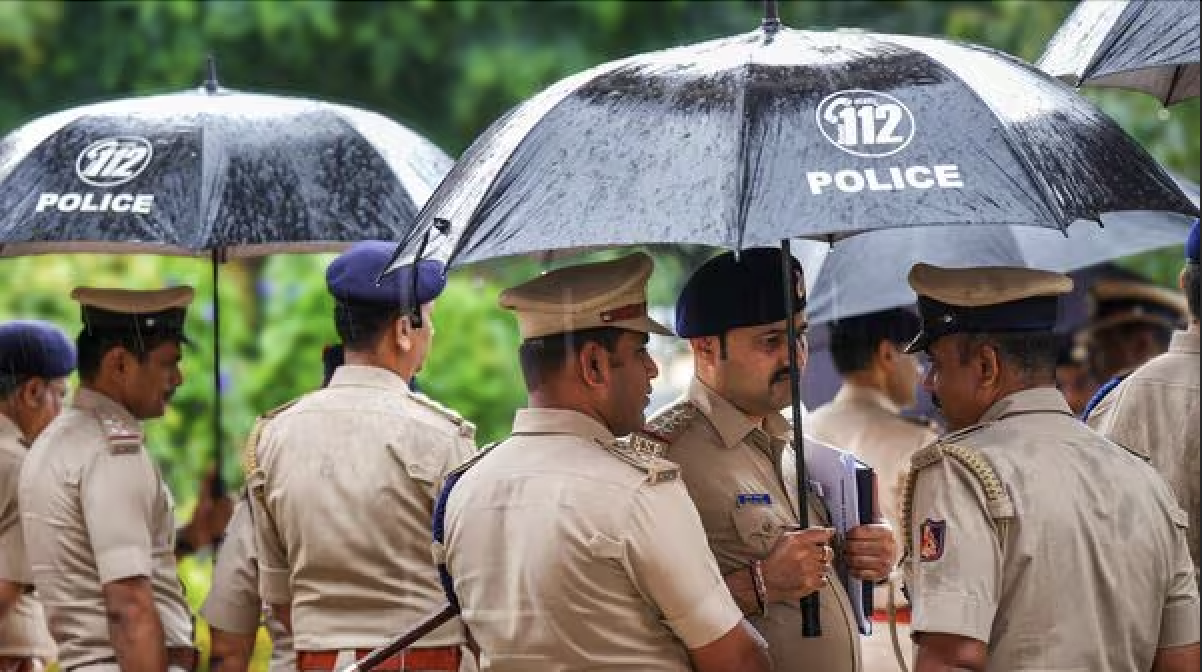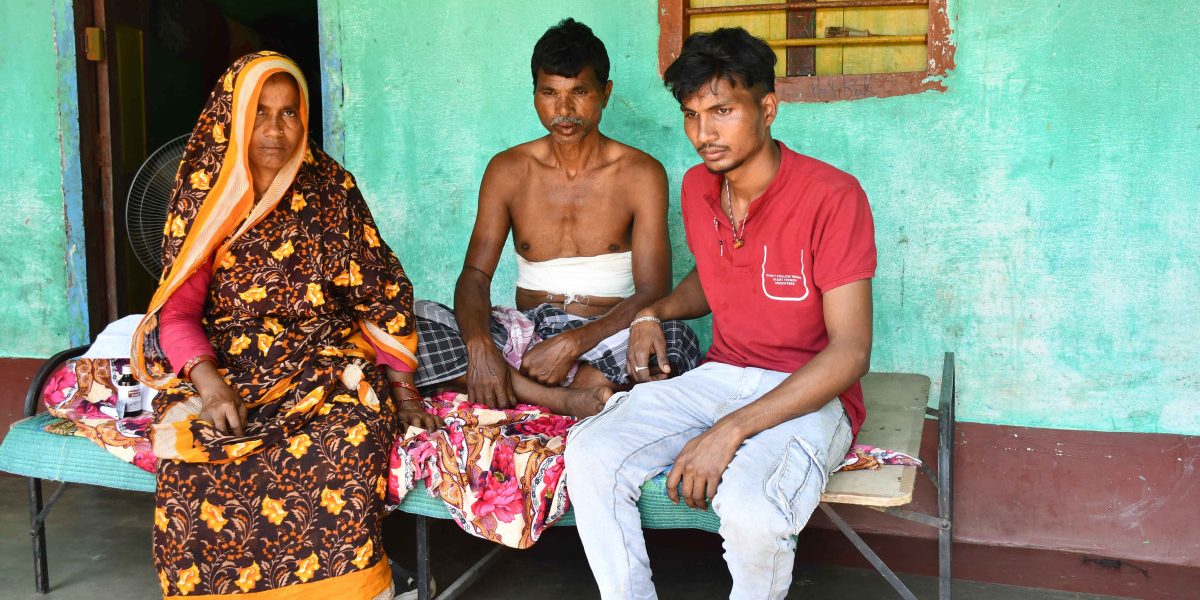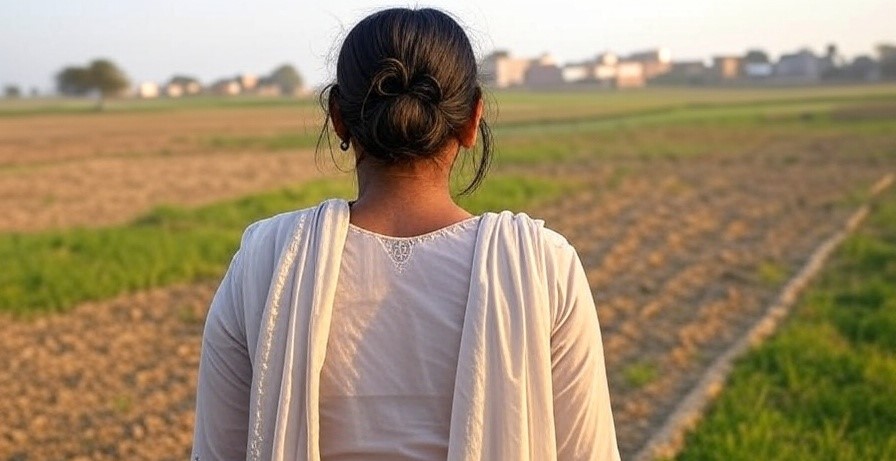
By Satyendra Tripathi / National Herald India
The mainstreaming of Rashtriya Swayamsevak Sangh (RSS) is complete. From the Rashtrapati Bhavan to the Raj Bhavans in states, from the North Bloc to state secretariats, from vice chancellors of central universities to the Sahitya Akademi or Lalit Kala Akademi, loyal RSS Pracharaks have taken over at the helm.
The world’s largest NGO, the so-called ‘cultural’ organisation has never had such a stranglehold over politics and governance of the country. And while an exasperated Rajasthan chief minister Ashok Gehlot advised RSS chief Mohan Bhagwat to formally declare the Sangh, or Sangsthan as described by Maharashtra Governor C Vidyasagar Rao, a political party, the RSS continues to be, well, an NGO with special privileges.
While other NGOs are expected to declare sources of their funding, donations to the RSS remain anonymous, as ‘Gupt Daan’. While a host of other NGOs have been hauled up in recent years for alleged violations of FCRA (Foreign Contribution regulation Act), the foreign donations to the RSS remain complex, opaque and hidden from public domain.
Indeed, the Modi Government has placed veteran RSS loyalist and Chartered Accountant S. Gurumurthy, in the board of the Reserve Bank of India.
Ram Bahadur Rai, a former ABVP activist, is chairman of Indira Gandhi National Centre for Arts (IGNCA). Shakti Sinha, who worked as secretary to then Prime Minister Aṭal Behari Vajpayee is chairman of Nehru Memorial and Museum. Almost all Central Universities have vice chancellor with RSS affiliation. RSS affiliated organisations have been allocated prime land on Rouse Avenue in the national capital for their offices.
RSS has been introduced as a subject in secondary schools and even in some universities in BJP-ruled states. So, where does the RSS move from here?
The RSS agenda has for long been to ensure that institutions set up by the state or subsidised by the state reflect its specific brand of cultural nationalism. By engineering long-term changes in their programmes and priorities, and by appointing individuals who would loyally implement such changes, RSS hoped to wipe out Western, Mughal, Left and Socialist influence on Indian history, literature and culture.
It has not wavered from its avowed aim since 1925 to establish India as a Hindu Rashtra. And RSS insiders claim that in the next five years, this aim will be achieved. A nation where minorities will not have equal rights and opportunity and will have to depend on the will of the majority. This had seemed improbable till the beginning of the this year because of the compulsion of Constitutional Amendment, fundamental changes in the basic structure of the Constitution and the unavoidable tinkering it would require with fundamental rights. By the middle of 2019, it no longer appears improbable.
There were early signs back in 2014. The order to celebrate Christmas Day as Good Governance Day in all Central educational institutions – including Navodaya Vidyalayas and Central Board of Secondary Education-affiliated schools, the 45 Central universities, the IITs and the IIMs– was just one step in that direction.
Now birth anniversaries of RSS leaders like Shyama Prasad Mukherjee, Deen Dayal Upadhyay, Dr KB Hedgewar, Atal Behari Vajpayee and former Hindu Mahasabha leader Madan Mohan Malaviya have become mandatory in most state-run institutions. Indeed, portraits of Deen Dayal Upadhyay and ‘Veer’ Savarkar—notwithstanding the latter’s mercy petitions to the British—have made their appearance in Indian Parliament.
The Sangh’s agenda includes introducing changes in the curriculum by taking control of educational institutions, training institutes and recruiting agencies like the UPSC. The government has appointed individuals with marked leanings towards the Sangh’s philosophy to head institutions like Indian Council of Historical Research, Indian Institute of Advanced Study at Shimla, Banaras Hindu University, Jawaharlal Nehru University, the Indian Council of Social Science Research, some of the IITs, and the CBSE.
There is a distinct method in the madness. All Union Ministers have at least one aide from the RSS to coordinate decisions and act as a bridge between ministries and the Sangh. All senior appointments in the Government have to be vetted by BJP’s national organisation secretary who essentially is drafted into the BJP from the RSS.
Significantly, all this has been achieved in the relatively short period of the last five years. With a brute majority in the recently held Lok Sabha elections, Narendra Modi led NDA government is likely to ensure complete saffronisation of the country in the next five years.
Next on its agenda is scrapping Article 370 of the Indian Constitution bestowing special status to Kashmir and construction of a Ram Temple at Ayodhya. Both the Sangh and the BJP government at the Centre and UP are unlikely to leave any stone unturned to start the temple construction before the UP assembly elections, which are scheduled for 2022.
Campaign Pitch
The three-month long campaign for the Lok Sabha elections was on the lines of the 2014 campaign but far more divisive and trenchant. The fig leaf had dropped. The BJP relentlessly harped on the threat from Pakistan, India’s surgical strikes and the strike at Balakot, Triple Talaq, Halala and alleged minority appeasement by all non-BJP government to mobilise the support of the Hindu majority. It succeeded while the opposition’s desperate and feeble response with soft Hindutva gave more ballast to the BJP. Once again, not putting up Muslim candidates in proportion to their population, the Sangh and the BJP underlined, for the second time in five years, that Muslims did not matter any longer in Indian elections.
Ayodhya will be the ultimate test
The RSS has been pushing for two major changes — education policy and labour reforms. The draft of the new education policy is ready but the draft of the new labour reforms is still work in progress. The RSS however, wants speedy progress on not only these but also the Ayodhya temple front.
The RSS chief Mohan Mohan Bhagwat had in November last year criticised the Supreme Court saying the Ram temple issue “is not a priority for the apex court”. He followed it up with another statement in February this year that construction of Ram temple at Ayodhya would begin in four months.
The Ayodhya dispute was referred by the Supreme Court to a mediation panel, which has been given the deadline of August 15. The Supreme Court last week asked the panel to submit a status report by July 25. The RSS is reported to be getting impatient with the Ayodhya matter lingering in the courts and is likely to press the paddle on Modi government for speedier resolution of the century old dispute.






